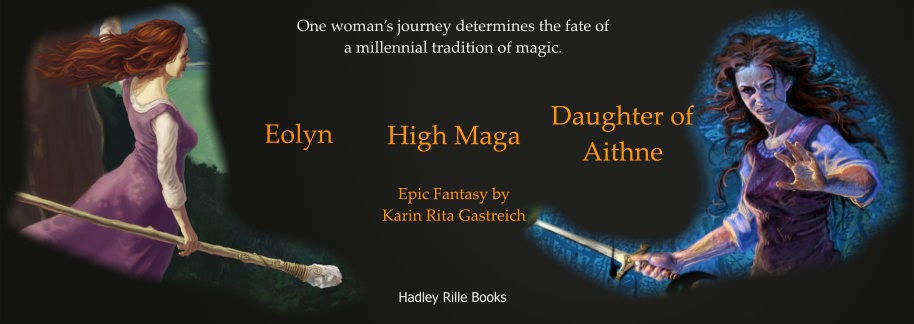 I'm at the end of my first week at Las Cruces Biological Station in southern Costa Rica. This is not the real South Woods - the oak forests of Talamanca - which I talked about in my post on June 3. The real South Woods is about 1500m (45000 feet) higher up the mountain range. But Las Cruces is a lovely station with a lush premontane wet forest. At 1100m (about 3300 feet) above sea level, the climate here is cool and rainy almost year round.
I'm at the end of my first week at Las Cruces Biological Station in southern Costa Rica. This is not the real South Woods - the oak forests of Talamanca - which I talked about in my post on June 3. The real South Woods is about 1500m (45000 feet) higher up the mountain range. But Las Cruces is a lovely station with a lush premontane wet forest. At 1100m (about 3300 feet) above sea level, the climate here is cool and rainy almost year round. There is one element of Las Cruces that inspired a scene from EOLYN: the Java River, which runs through the preserve. Like a lot of montane rivers in Costa Rica, it has crystalline water that flows rapidly over large stones and boulders. In chapter 2 of my novel, Eolyn hops from one stone to another to cross what she later learns is the Tarba River. On the other side, she meets a 'Guende', a creature of the forest modeled after the folk myths of 'Duendes' in Costa Rica. The Guende leads Eolyn to the hag Ghemena, a maga of the Old Orders, who adopts Eolyn and teaches her the ways of women's magic.
The Tarba River is also the site of a seminal event in the novel, the first meeting of Eolyn and Akmael, described in chapter 4. Eolyn is an orphan and refugee, Akmael a prince who recently lost his own mother to a violent death. Their friendship begins as a game in the Tarba River, a search for the elusive rainbow snail -- which, by the way, was inspired by a real snail that lives in the highlands of Talamanca. I do not know this snail's true name, but one of my students - many years ago - took to calling it the "elusive indigo snail". What can I say? The phrase stuck with me, and then turned up in my novel.
I don't know where the Java River of Las Cruces got its name, but coincidentally (or perhaps not), the hills that surround Las Cruces are cultivated with coffee.
In a few days, we will make a short visit to another site, Las Alturas. This biological station is about 1000m up hill from here, so perhaps I will see some of the real South Woods then. Maybe I'll even find an elusive indigo snail. And if I'm very lucky, maybe I'll find a Guende.
Today's photo is from the Java River in Las Cruces Biological Station. Of course, this scene is much more tropical than anything you will read about in EOLYN. The South Woods of Eolyn's childhood is a temperate forest, dominated by oak, and with mixed stands of evergreen and deciduous trees.



